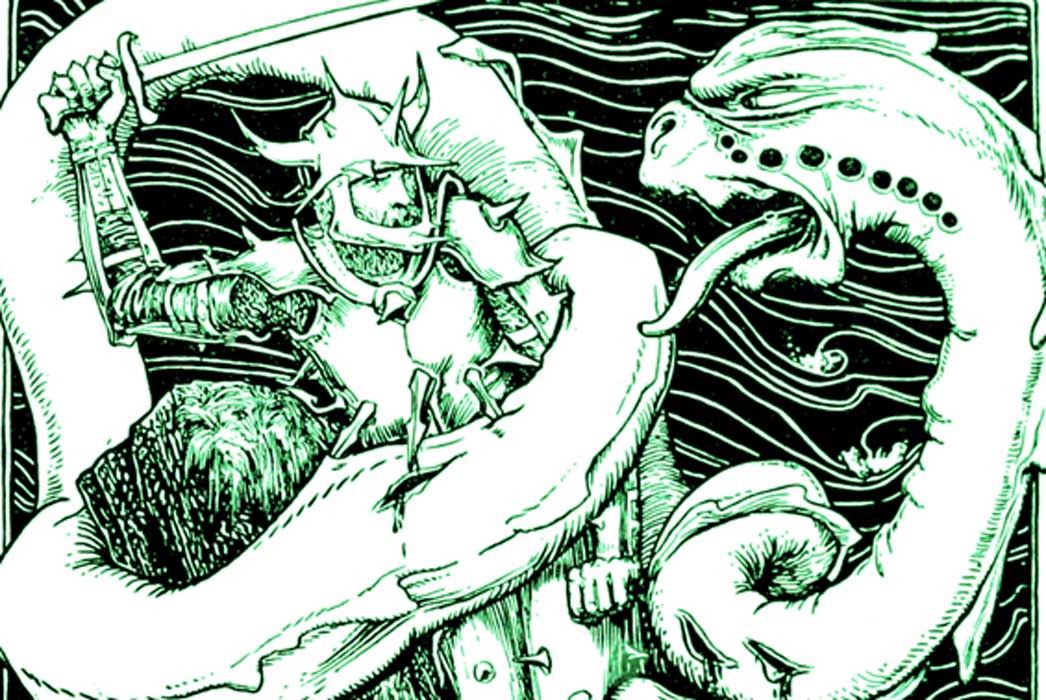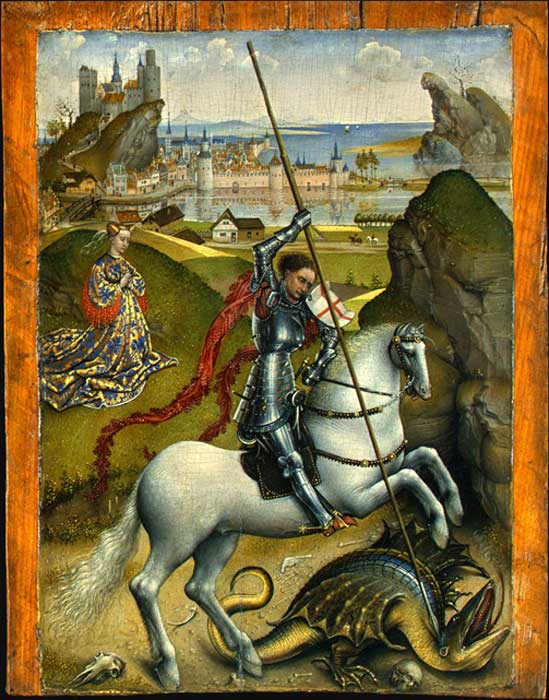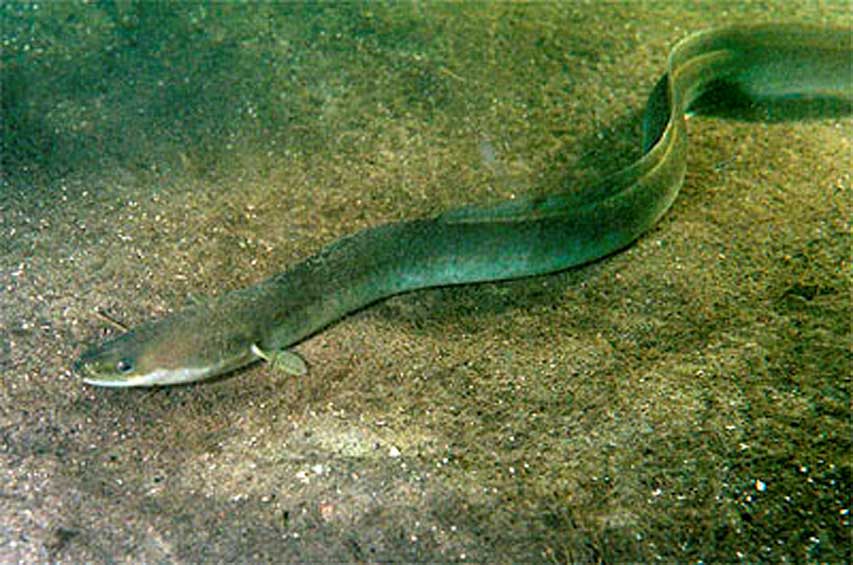
A Monstrous and Venomous Serpent: Legendary Crusading Heroes and Wyrm-Slaying Symbolism – What Does it Mean?
Whisht! lads, haad ya gobs,
Aa'll tell ye aall an aaful story,
Whisht! lads, haad ya gobs,
An aa'll tell ye ‘boot the wyrm.
--(C.M. Leumane, 1867)
Beasts that Scorch the Land
There are more than twenty folktales from north-east England and Scotland that include the motif of a ‘wyrm’—a huge dragon-like, wingless serpent that terrorizes neighborhoods, sometimes for many years, before being eventually slain (motifs classified in the Aarne-Thompson index as B11.1.3.1, B11.2.1, and B11.11). These wyrm folktales are not exclusive to this geographical area. One appears in Somerset as the Gurt Wyrm of Shervage Wood, and there are several Scandinavian and Irish examples, but there does seem to be a cluster of the story type in Northumberland, Yorkshire, County Durham and the Scottish Borders. Two of the best-known examples are the Linton Wyrm and the Sockburn Wyrm, beasts that hide by day but then emerge at night to scorch the land, eat livestock and occasionally people.

Saint George and the Dragon (Public Domain)
In all cases a hero appears on the scene, and due to various ruses, is able to dispatch the wyrm, thus saving the people from further predation. These folktales are always set during the medieval period, but only transfer from oral tradition to literary sources from the 16th century onwards. One of the fullest renditions of this folktale type is that of the Lambton Wyrm, from County Durham, first recorded in 1785, but evidently drawing on a much earlier tradition, with the action set in the late 12th century.
Lambton Wyrm, Ravager of the Countryside
Apart from the wyrm itself, the main protagonist is a young squire, John Lambton, heir to the Lambton estate. One Sabbath he decides to abscond himself from the church service at Brugeford Chapel in order to do some fishing on the River Wear instead. He catches no fish but he does land a small, black, eel-like creature with razor-sharp teeth and nine holes along each side of its head.
- Finding the Legendary Mongolian Death Worm
- Exploring the Famous Legend of St. George and the Dragon
- Bestiary, The Book of Beasts: Compendiums of Medieval Monsters and Moral Lessons
- Shape Changes, Fear Does Not: The Mythical Monster Coco
Heading home with his unwelcome catch (in some versions John calls it ‘a devil’), he meets a stranger who warns him that the creature will cause trouble unless the young squire deals with it. Unfortunately, he doesn’t explain what ‘dealing with it’ meant and so John decides on a policy of disposal by lobbing it into a well.

What beast did John fish out of the river? Image of European eel (Anguilla anguilla) (CC BY-SA 3.0)




